On Monday, May 16, Apple released iOS 15.5. But this update didn't bring us much more than bug fixes and improvements to the Apple Podcast service, along with a home automation bug fix. Isn't that a bit much?
On the iPhone 13 Pro Max, this update is a whopping 675MB, and that's just to improve an app that you don't need to use anyway, and if you haven't developed a taste for home automation, it's actually "useless" for you and only takes time to install. It must be downloaded and installed, when the device will be unavailable, therefore unusable, during the installation.
Personally, I don't use automatic updates, because I don't trust them to get everything right, and because I don't charge my phone overnight. I charge it continuously, during the day at the office, when I really don't want to spend half an hour installing completely unnecessary news. Here again, Apple alludes to the fact that it does not have its applications separate from the system and must be updated along with it.
It could be interest you

But to be fair, as Wikipedia says with regard to bug fixes and Apple itself for the update for other markets, it brings a few more fixes and one new thing that we won't enjoy. Even so, there is not enough for the update to be so data-intensive and to somehow justify the time spent on it.
- Wallet now allows Apple Cash customers to send and request money using their Apple Cash card.
- Fixes a bug that allowed an arbitrary read/write program to bypass pointer allocation.
- Fixes sandbox data leak.
- Fixes a bug that allowed malicious sites to track users in Safari Private Browsing.
- Fixes a bug that allowed malicious apps to bypass signature verification.
- Fixes a partial screen lock bug that allowed attackers to access the Photos app.
iOS 15
Apple released iOS 15 September 20, 2021. Added improvements in FaceTim, Messages with memoji, Focus mode arrived, Notifications, Maps, Safari, Wallet applications were improved. Live Text has also arrived, the Weather has been reworked, and there have been other improvements across the system. But not much came, especially with regard to SharePlay.
First small update iOS 15.0.1 it was released on October 1 and mainly fixed bugs, including an issue that prevented some users from unlocking iPhone 13 series with the Apple Watch. So it was about what you would expect from the hundredth update. It then took 10 days to arrive iOS 15.0.2 containing a number of additional bug fixes and important security updates.
It could be interest you
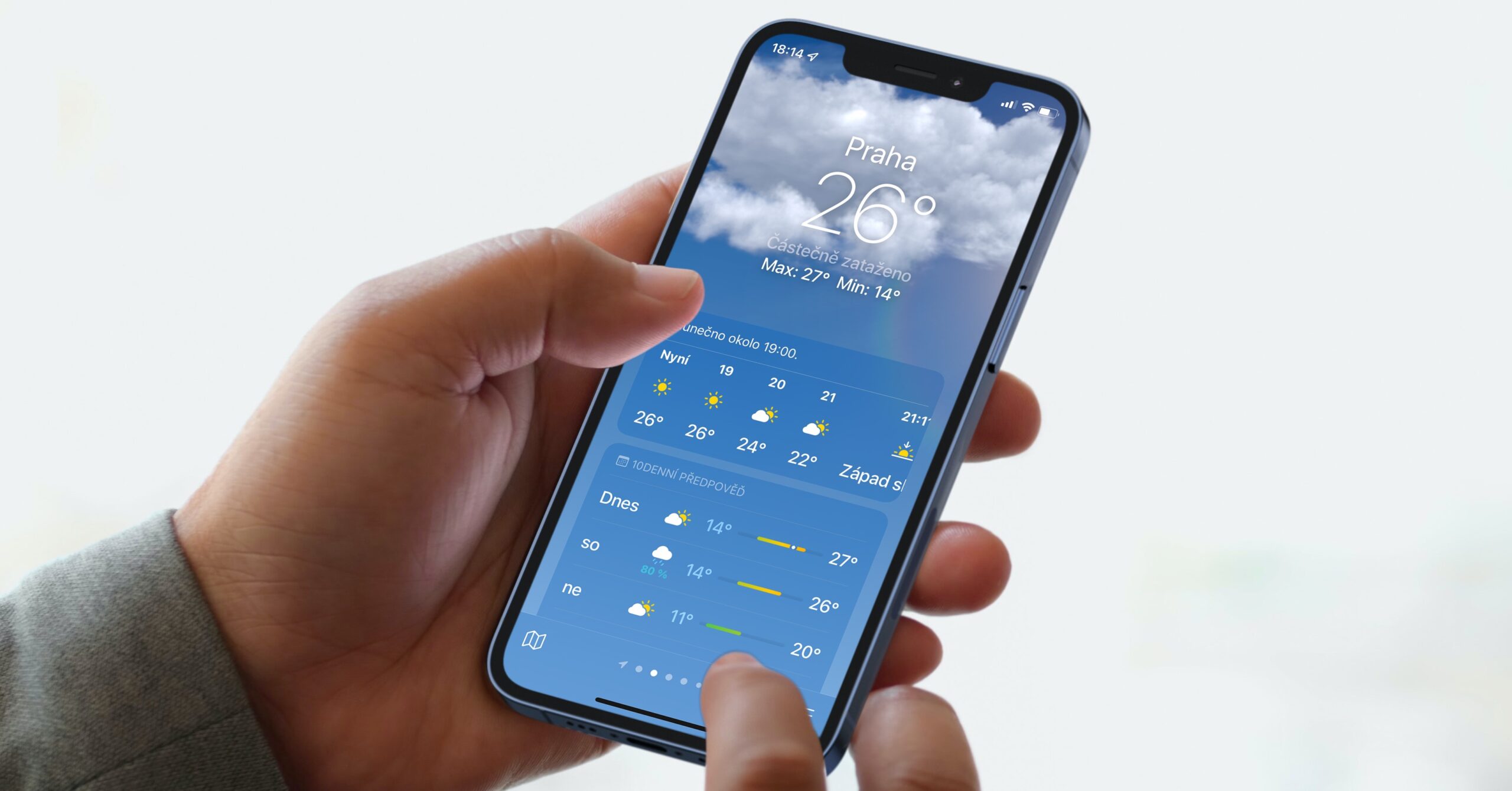
iOS 15.1
The first major update came on October 25th. Here we have already seen SharePlay or ProRes recording on iPhones 13. Wallet has learned to accept vaccination COVID-19 certificates. On November 17, iOS was released 15.1.1 only with a fix for the call drop issue.
iOS 15.2 to iOS 15.3
On December 13th, we got the In-App Privacy Report, the Digital Legacy Program, and more, and of course, bug fixes. The macro on the iPhone 13 Pro was addressed, and the Apple TV application was slightly changed. iOS 15.2.1 came on January 12, 2022 and only corrected errors, which also applies to decimals iOS 15.3. So why didn't Apple just release iOS 15.2.2 is the question. February 10 also came in the same sense iOS 15.3.1, and that again without new features, only with necessary fixes.
It could be interest you

iOS 15.4 to iOS 15.5
The next tenth update was bigger after all. It was released on March 14 and brought Face ID support in masks, new emoticons, SharePlay extensions or vaccination cards to Health. There were improvements and fixes. iOS 15.4.1, which Apple released on March 31, was again just in the spirit of fixes. And this also concerns the current iOS 15.5, which we mentioned at the beginning of the article.
There is absolutely no need for Apple to add new features with every new update. So far, he was more or less just catching up with the rest that should have come with the basic iOS 15. But it certainly wouldn't be bad if he started to forge a slightly different strategy. If only we in the EU didn't have to install updates that only apply to overseas markets. E.g. Samsung has local versions of Android and its One UI superstructures, so it offers a different version of the OS for Europe, another for Asia, America, etc. according to the supported features. We wouldn't have to update our devices so often, annoyingly and perhaps unnecessarily.
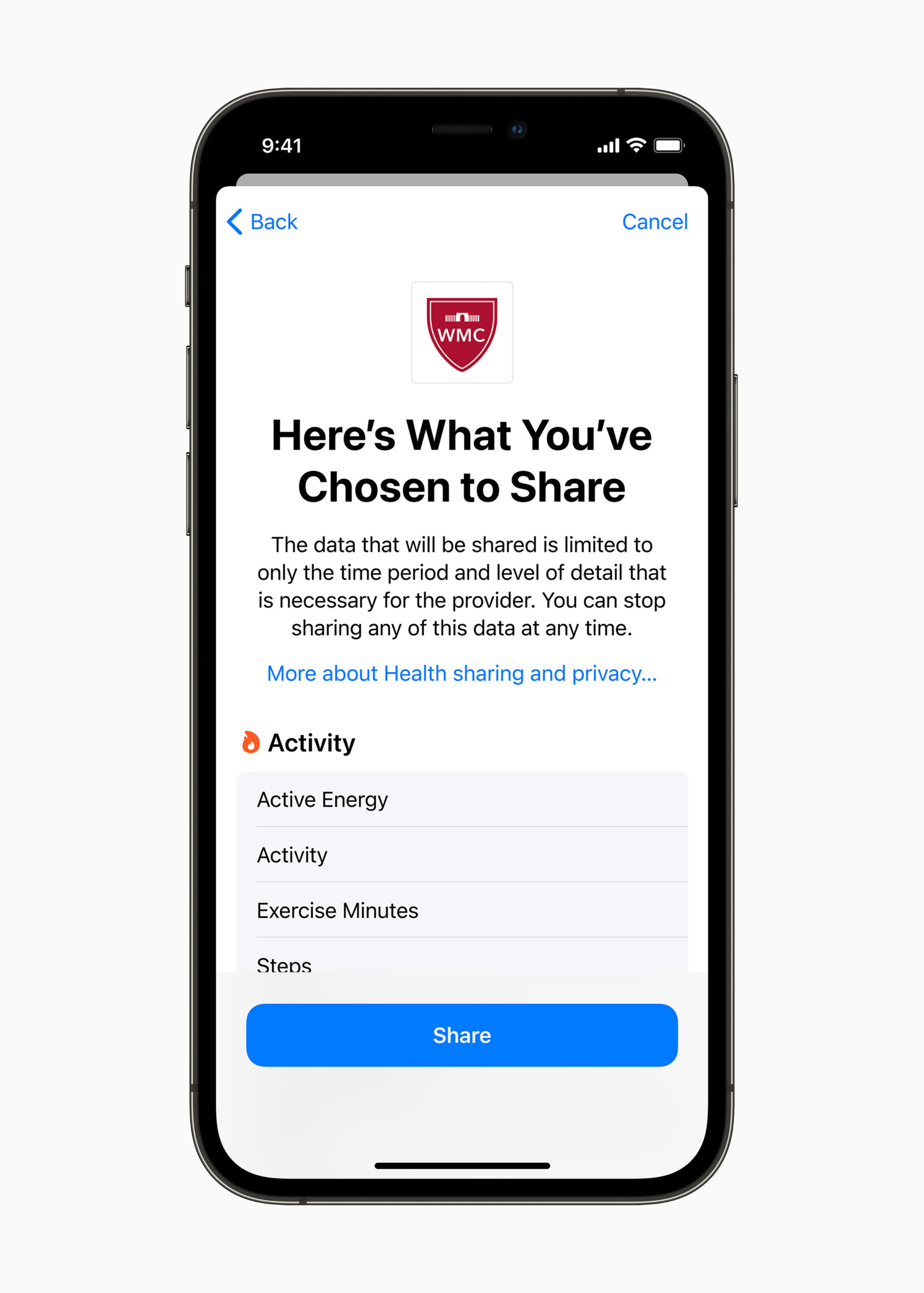
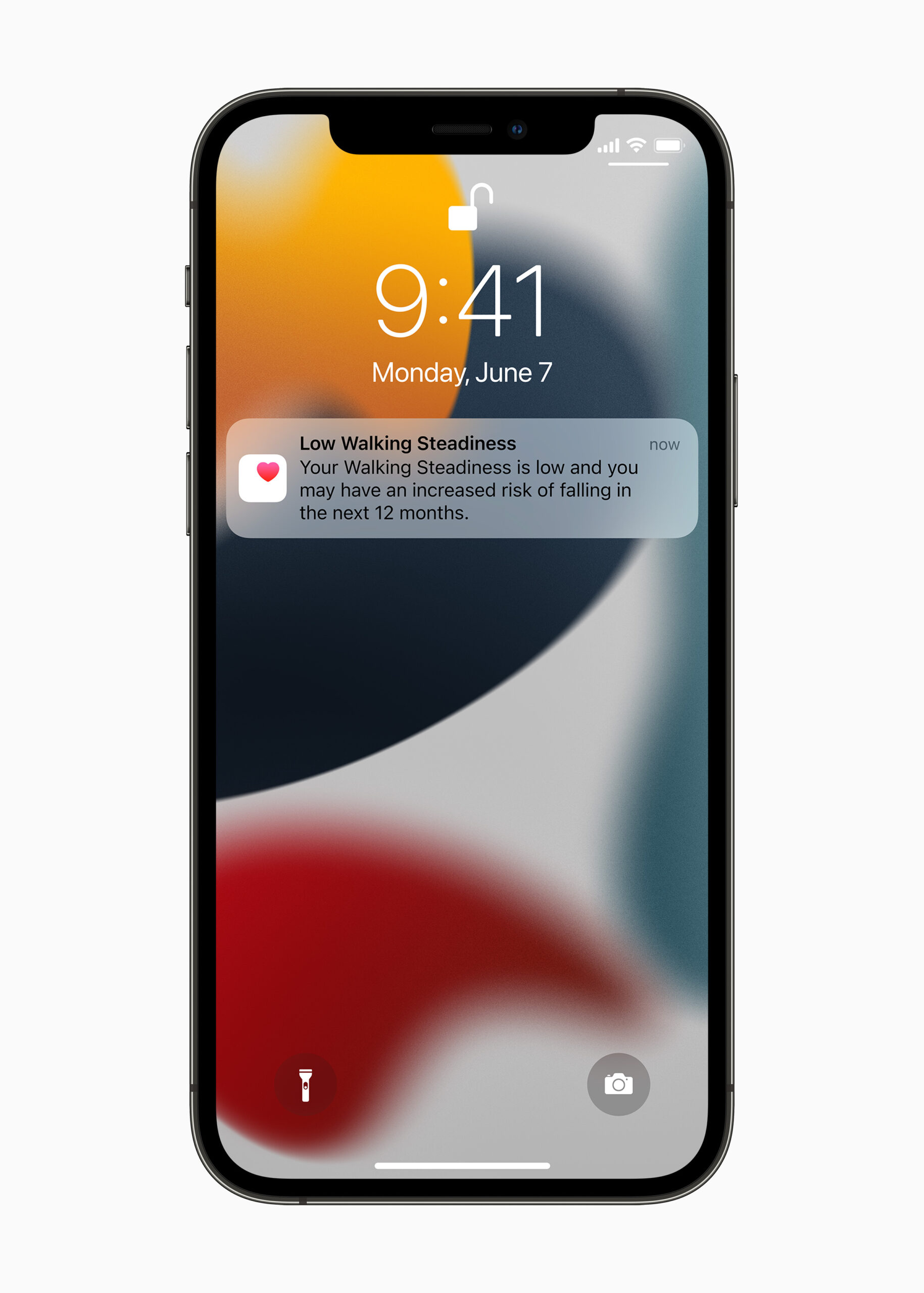
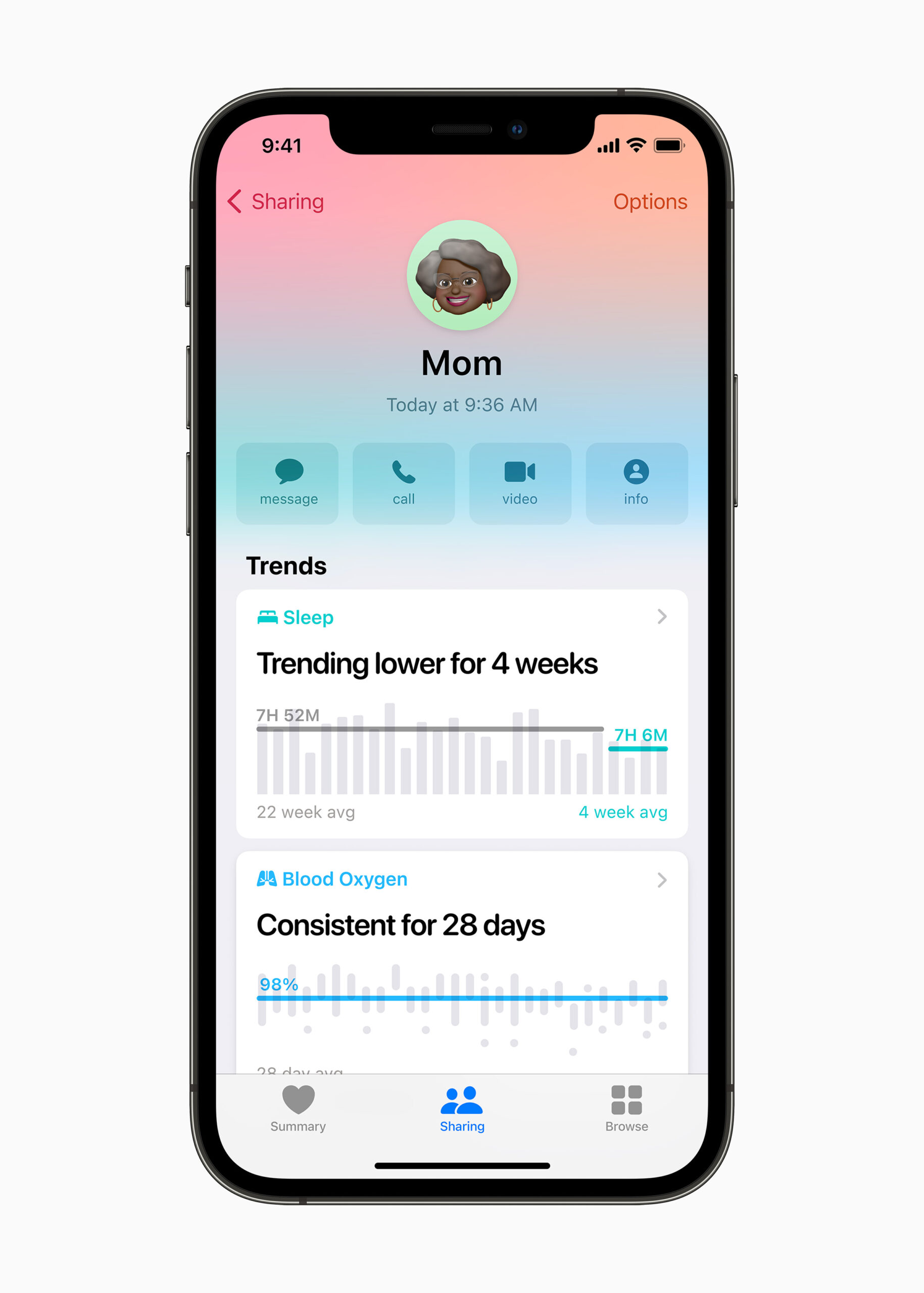
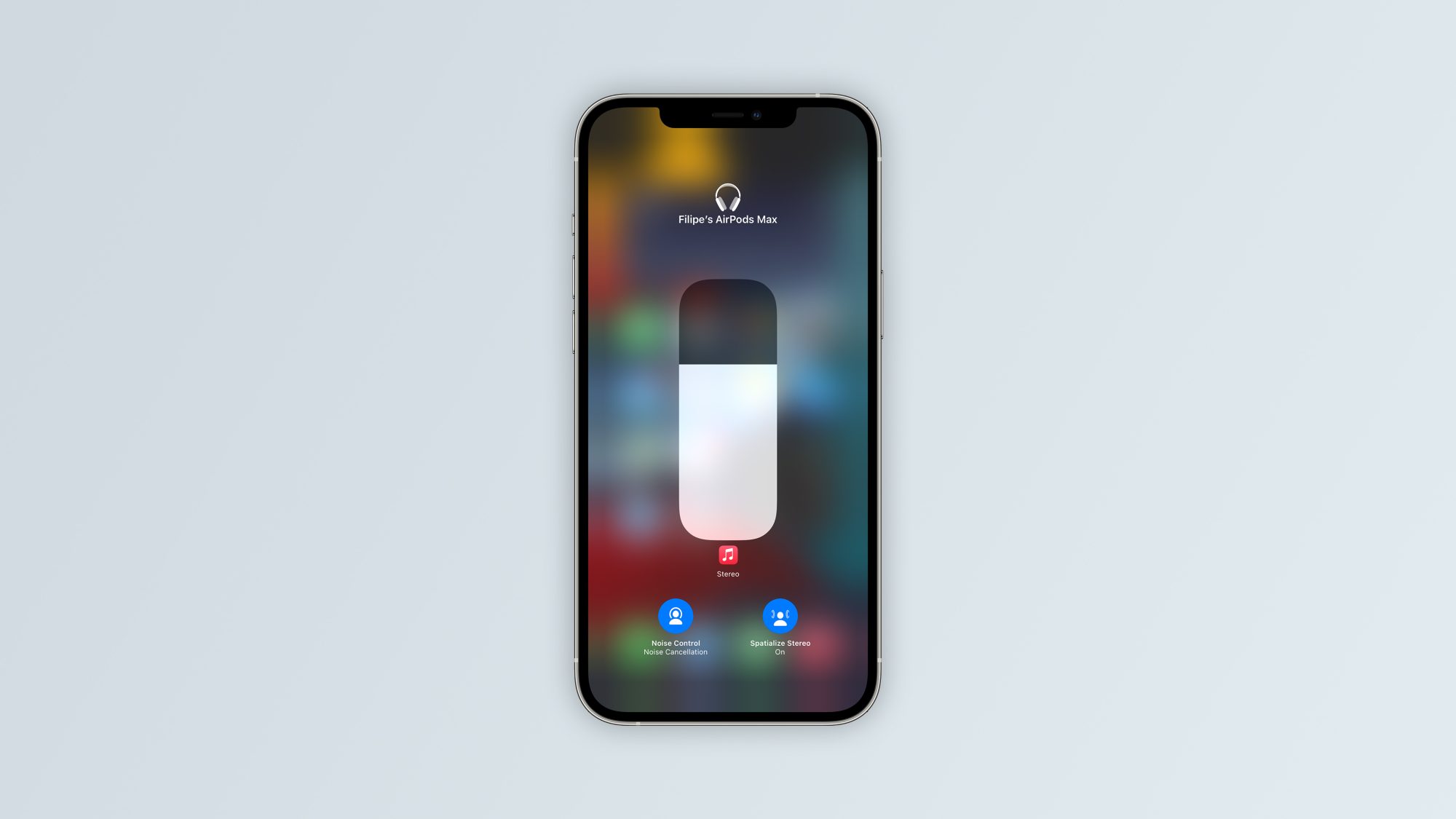
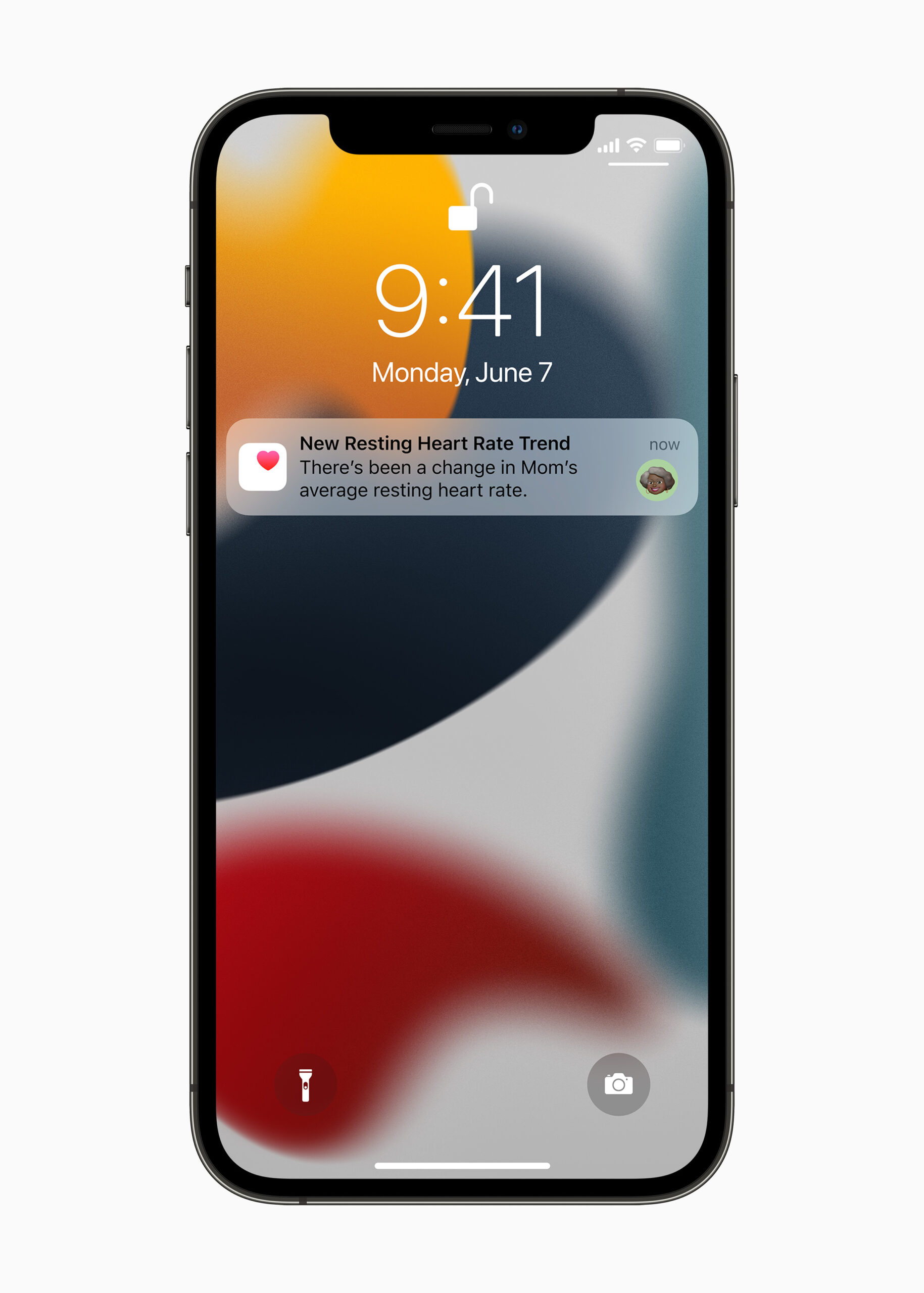
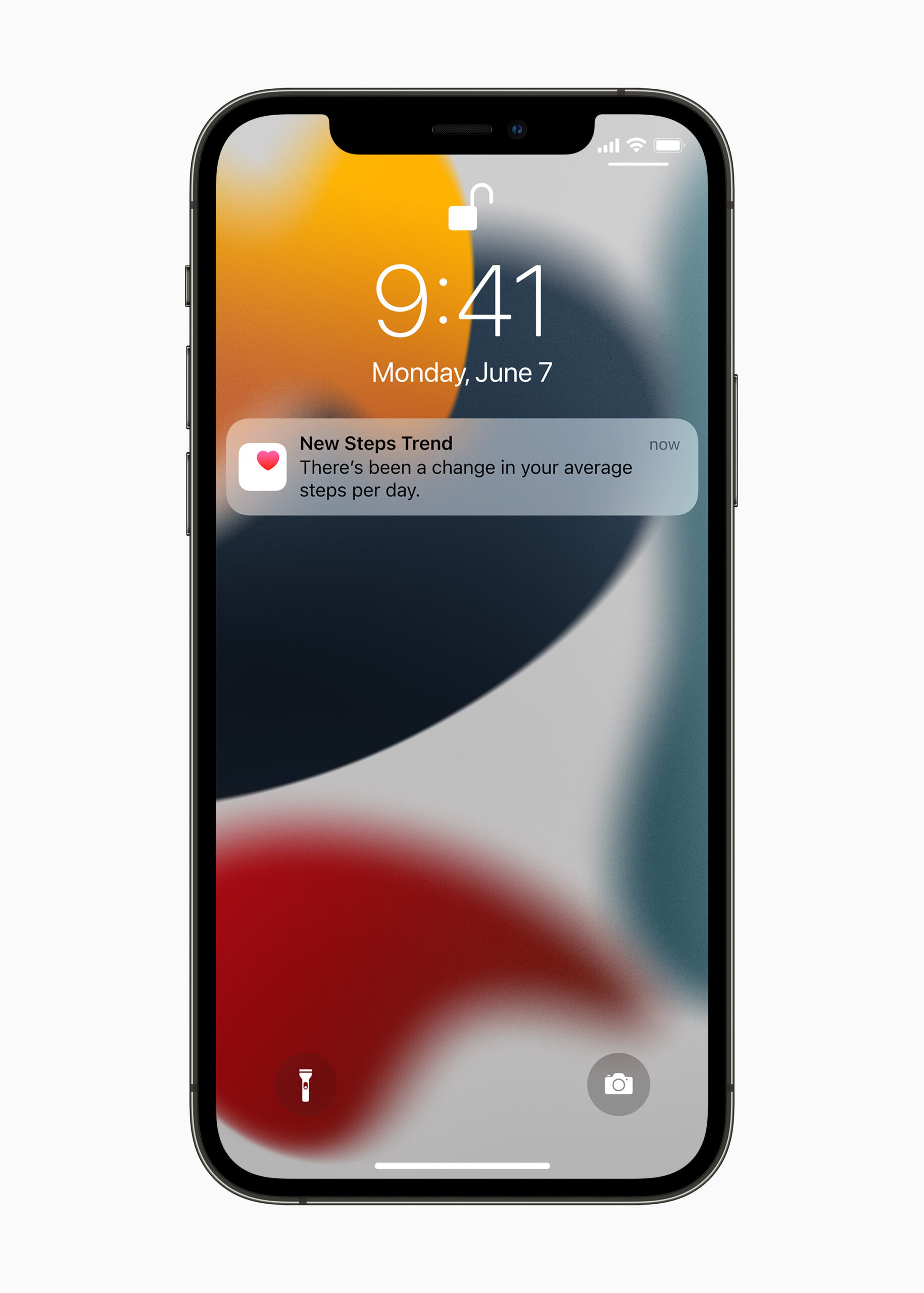
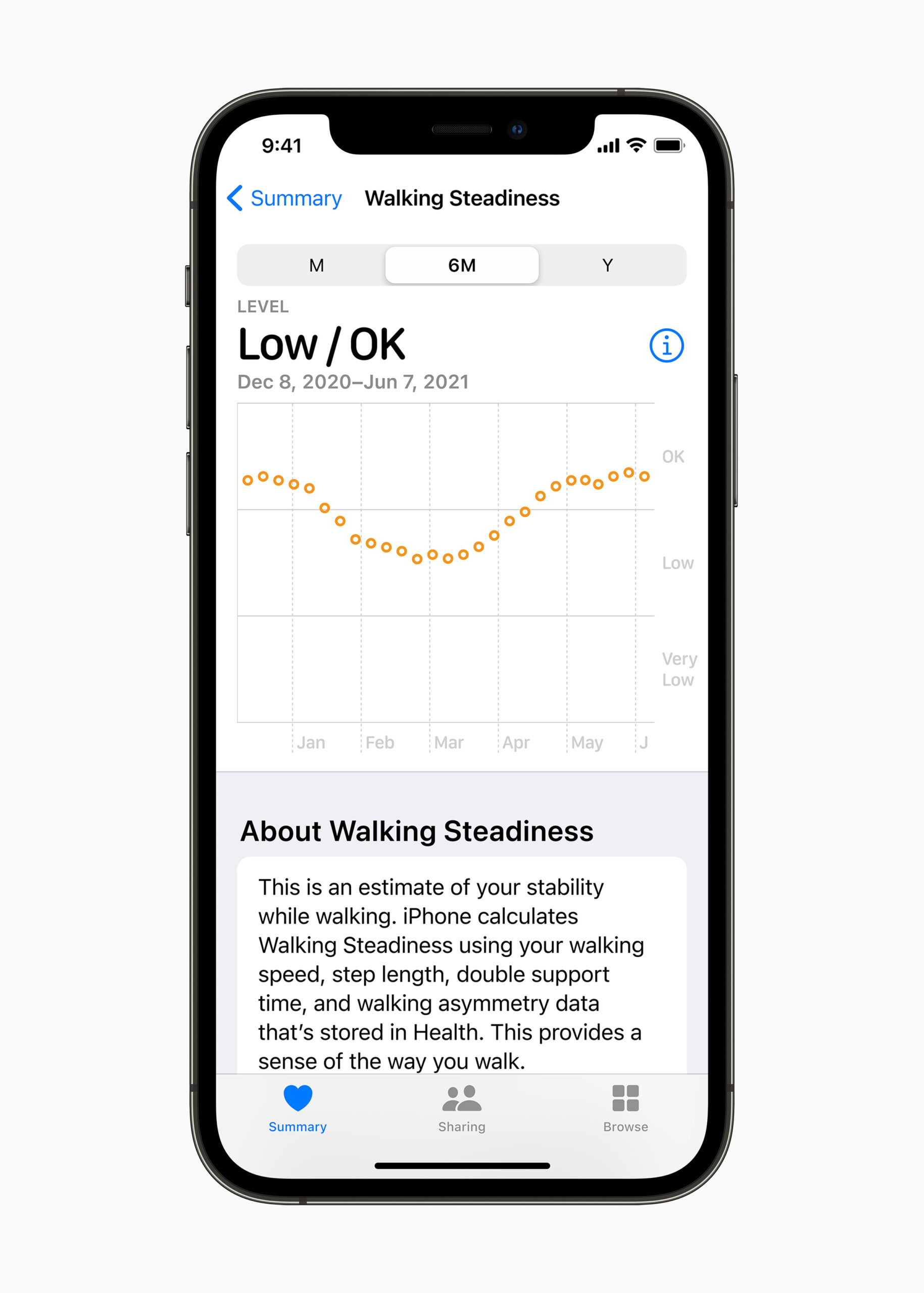

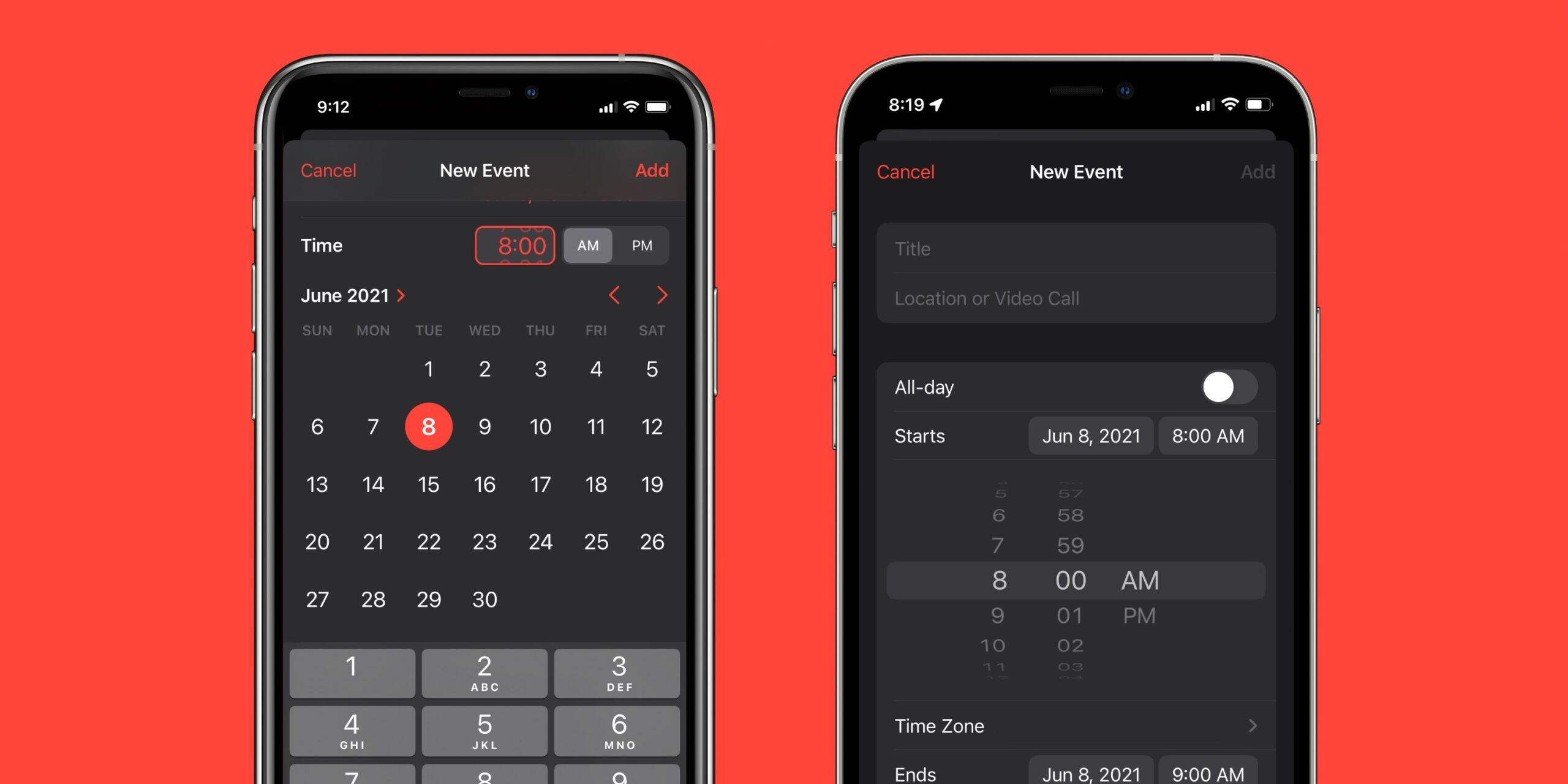
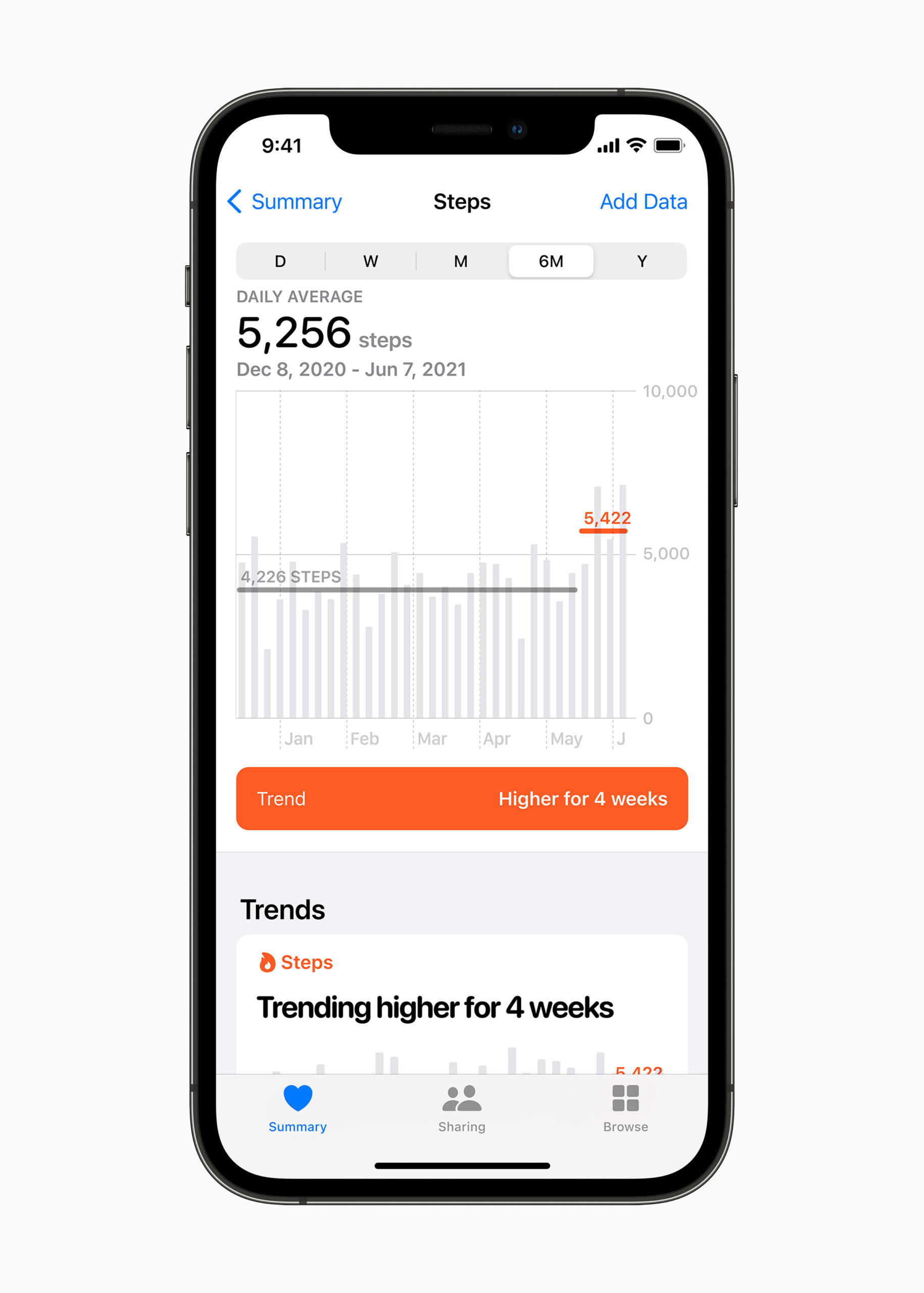
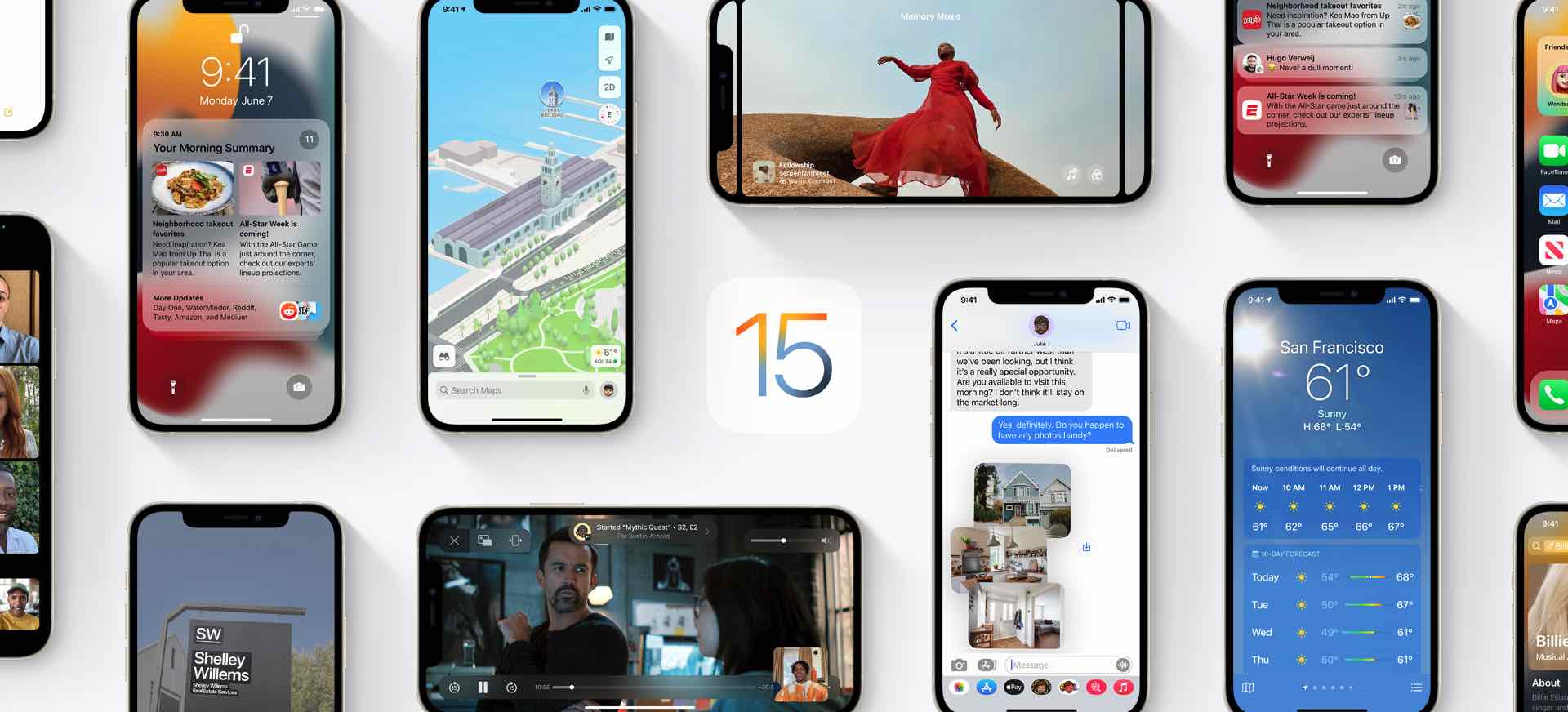


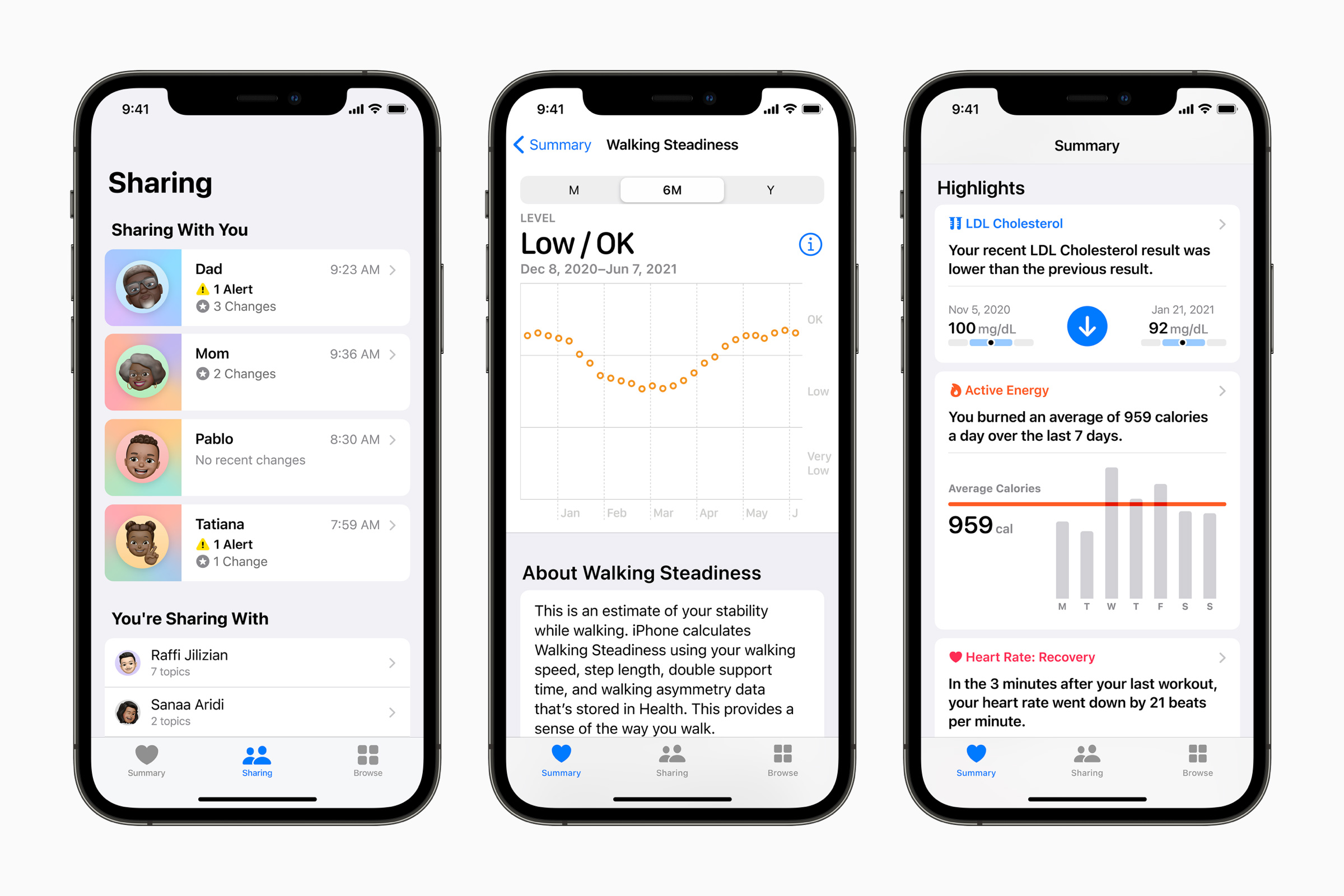
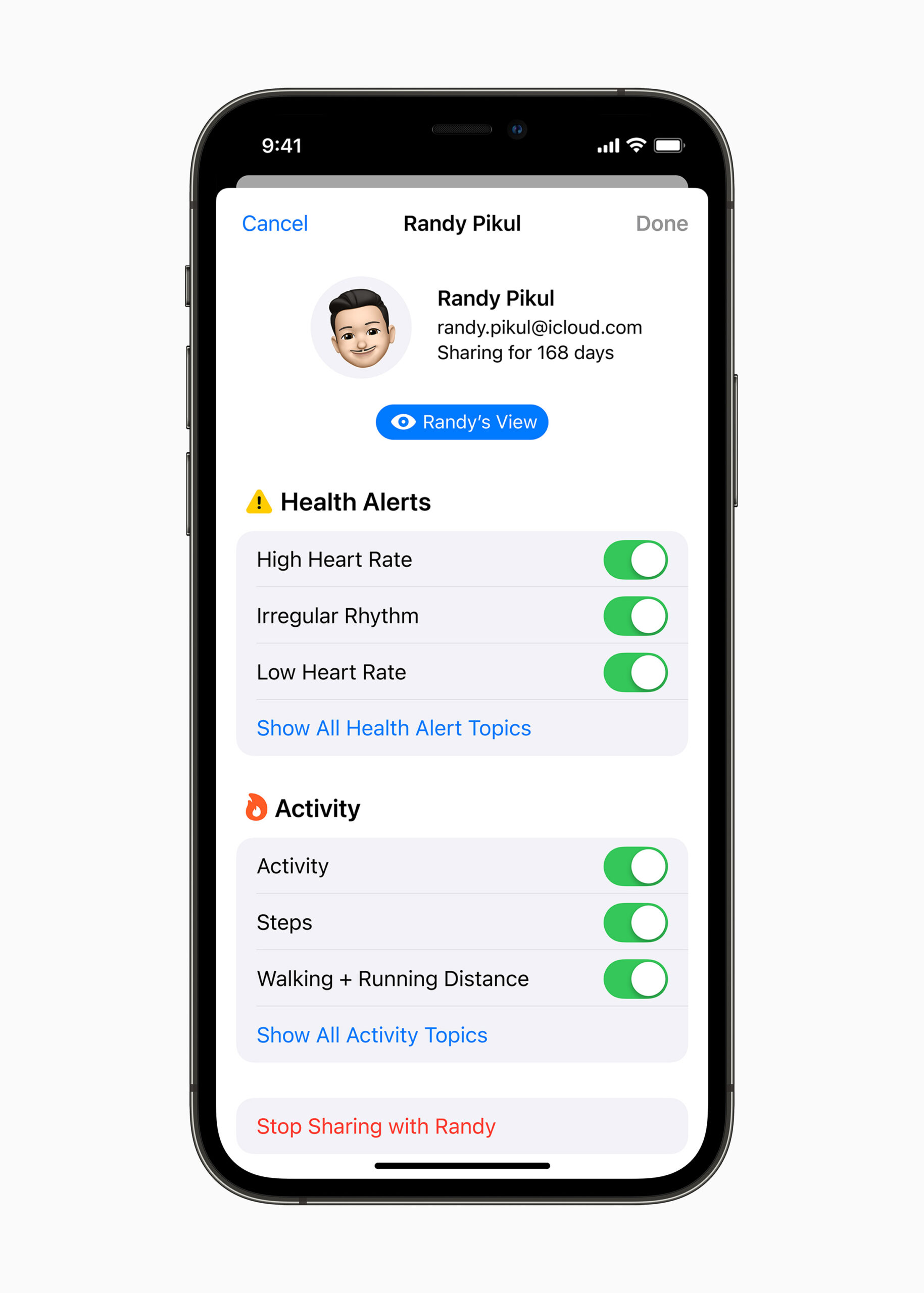
 Adam Kos
Adam Kos 

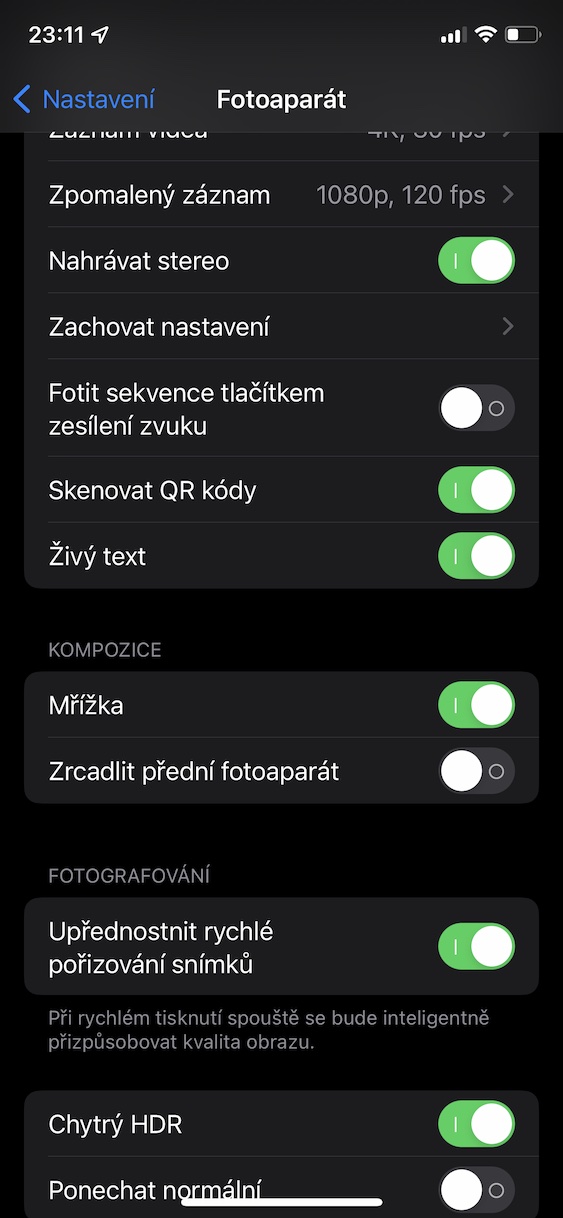
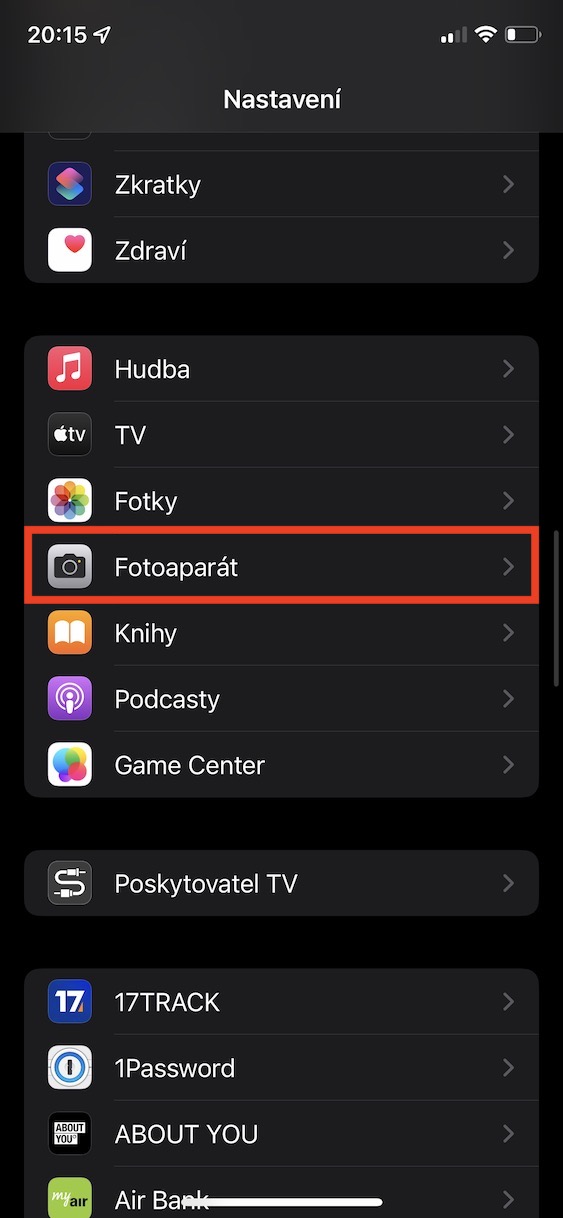
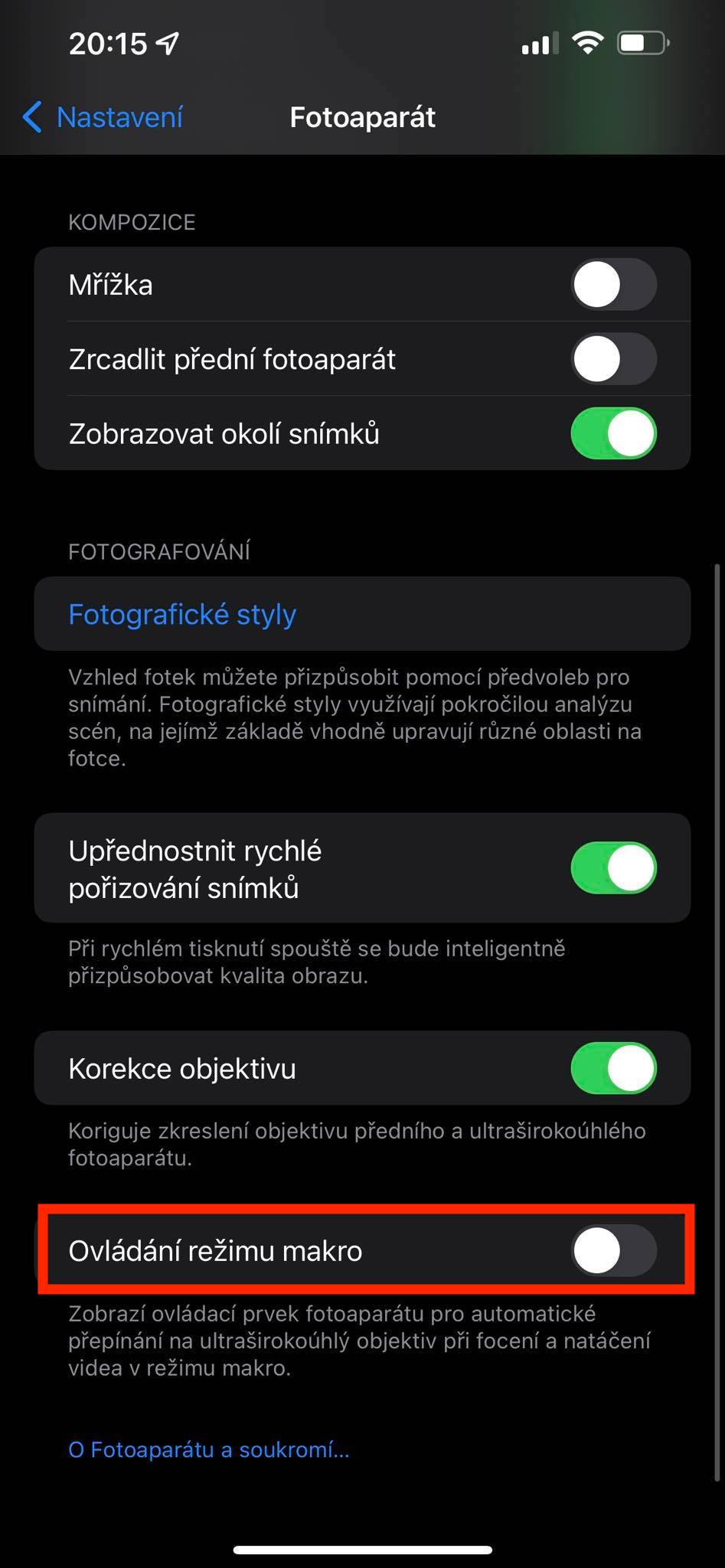
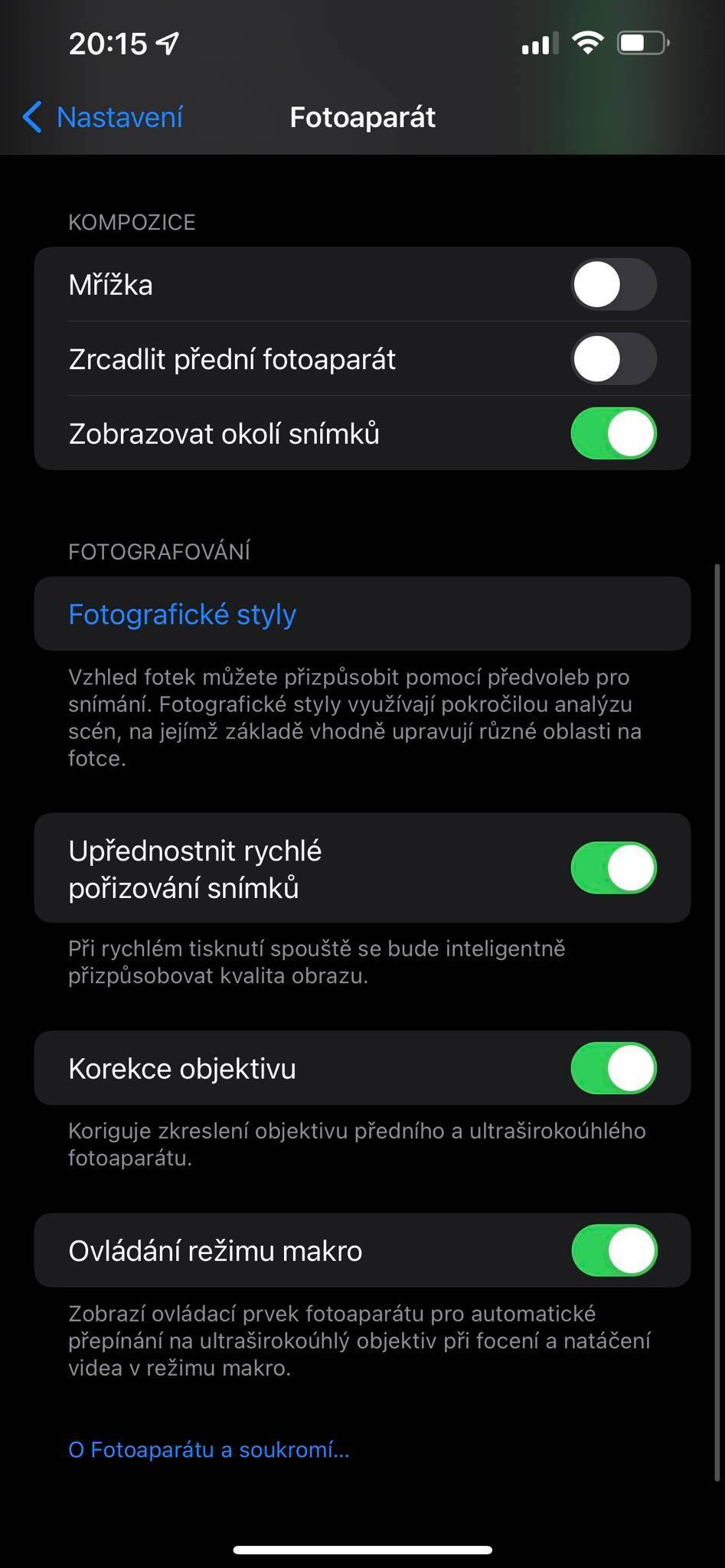

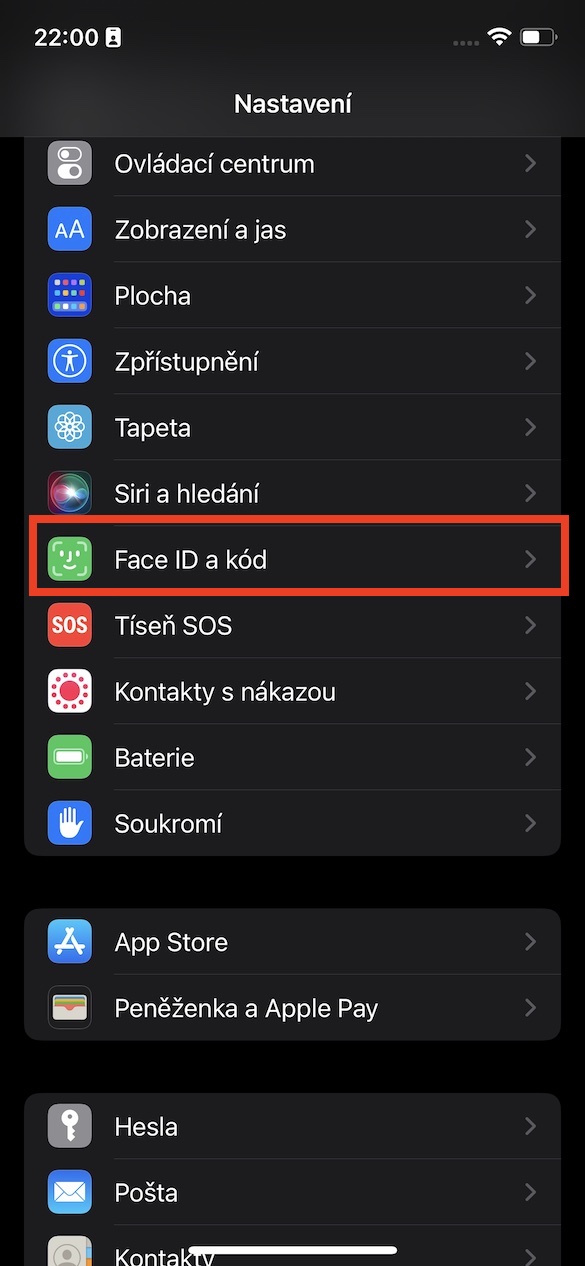
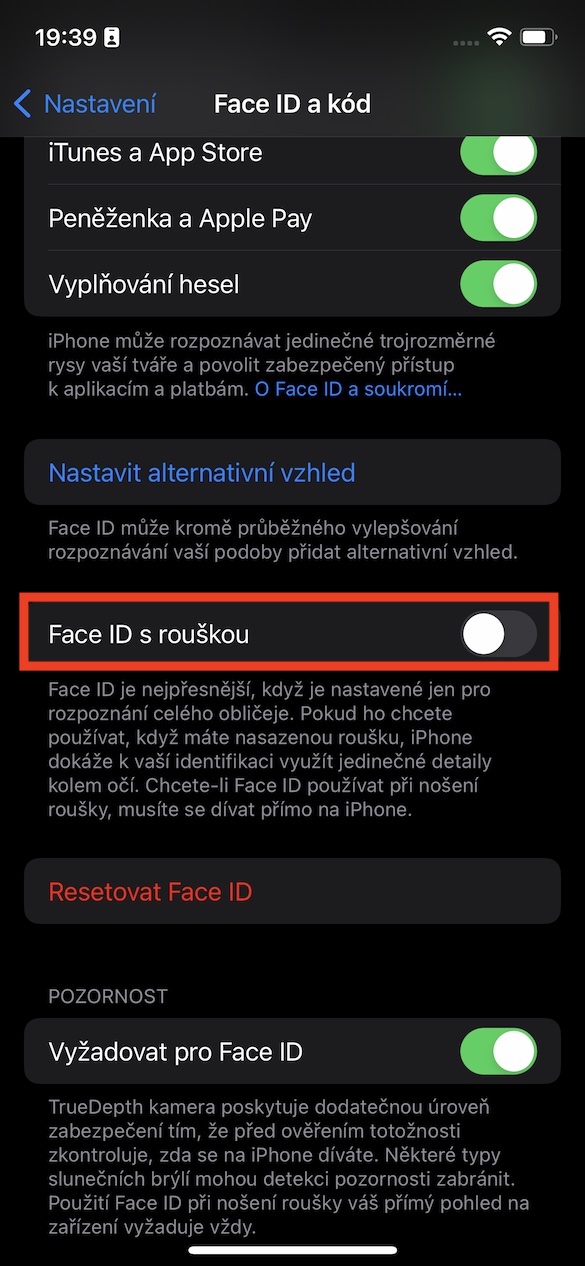


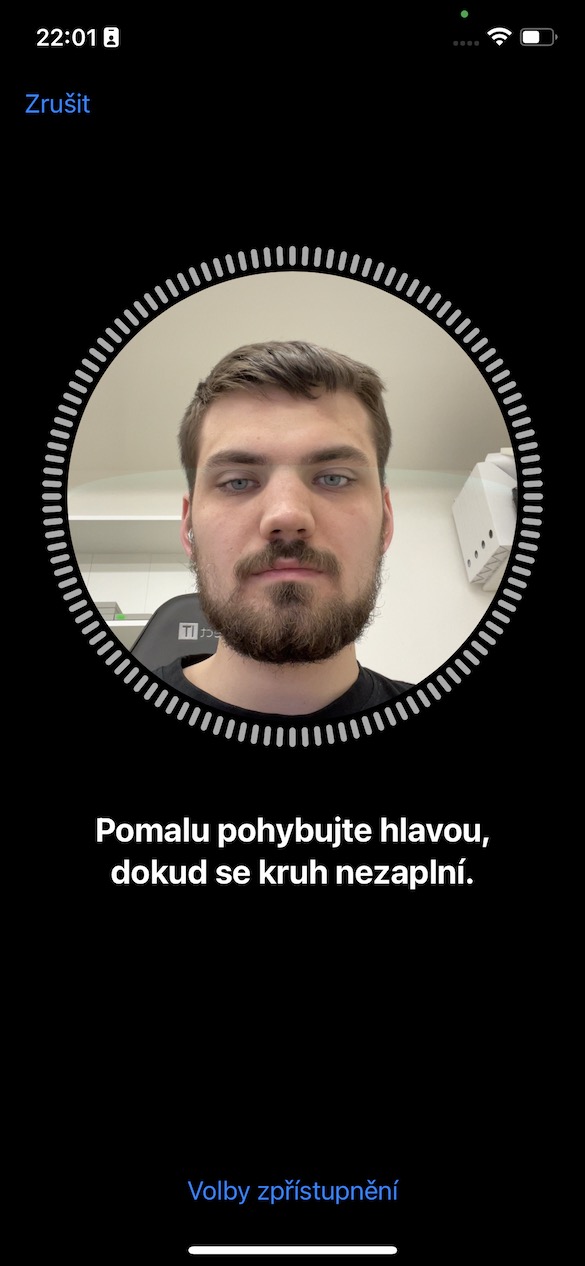


How do you actually save updates on your phone? Will the new system update replace the previous one, or will each new update take up another chunk of memory? Will it bite 1GB to repair some small thing?
You download the installation package, it is unpacked, during the installation the old data is overwritten with the new ones, and then what is left of the unpacked package is deleted. But you don't need to know because you don't know it and you won't see it anywhere.
Thanks for the reply. On my old iPad I kept getting "System Data" in my memory so I suspected updates.
I don't have a problem because I charge overnight and of course I have automatic updates turned on, which don't happen immediately after release but after some time when a possible problem is discovered and it works great for me, I see no reason to change anything on a working system. If only it were possible to download it on LTE as well, I have unlimited data, there is no 5G and I simply have to use WiFi, even if it is WiFi created from another iPhone that uses the same LTE.
By the way, it seems to me that lately on this site they are just looking for fleas on Apple and everything is wrong. Maybe you should switch to Android if Apple is so bad.
And on top of that, they delete posts in the discussion under the articles if they have a different opinion or criticize them. Here, the first one has also been removed. At the same time, there was nothing obscene or offensive. Someone's ego just couldn't take it anyway.